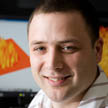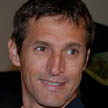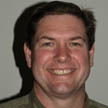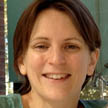I’m a Scientist is like school science lessons meet the X Factor! School students choose which scientist gets a prize of $1000 to communicate their work.
Scientists and students talk on this website. They both break down barriers, have fun and learn. But only the students get to vote.
This zone is the Boron Zone. It has a range of scientists studying all different topics. Who gets the prize? YOU decide!









It tells you the amount of energy required to “create” a given amount of mass M. c is the speed of light, which is a big number c = (3 x 10^8) metres per second.
In nuclear reactions, the products often have a fractionally smaller mass than the inputs. The loss of mass is converted to kinetic energy – and this is what we can use for either power, or for explosions. Nuclear reactions release a lot more energy for a given mass than eg chemical reactions.
0
Looks like Matthew has nailed another one.
0
ditto James… Matthew will certainly know more but I think that satellite GPS systems that influence GPS units like those in phones & cars, plus the GPS trackers we use on turtles rely on Einstein’s work
0
To expand a little on what Matthew said, the difference between the mass of the inputs and outputs of nuclear reactions is the energy that is required to keep or “bind” two atoms together. In nuclear fission, heavy atoms are split in two, while in nuclear fusion (which takes place in stars), light atoms are bound or fused together. Both of these processes release energy according to E=mc^2.
0